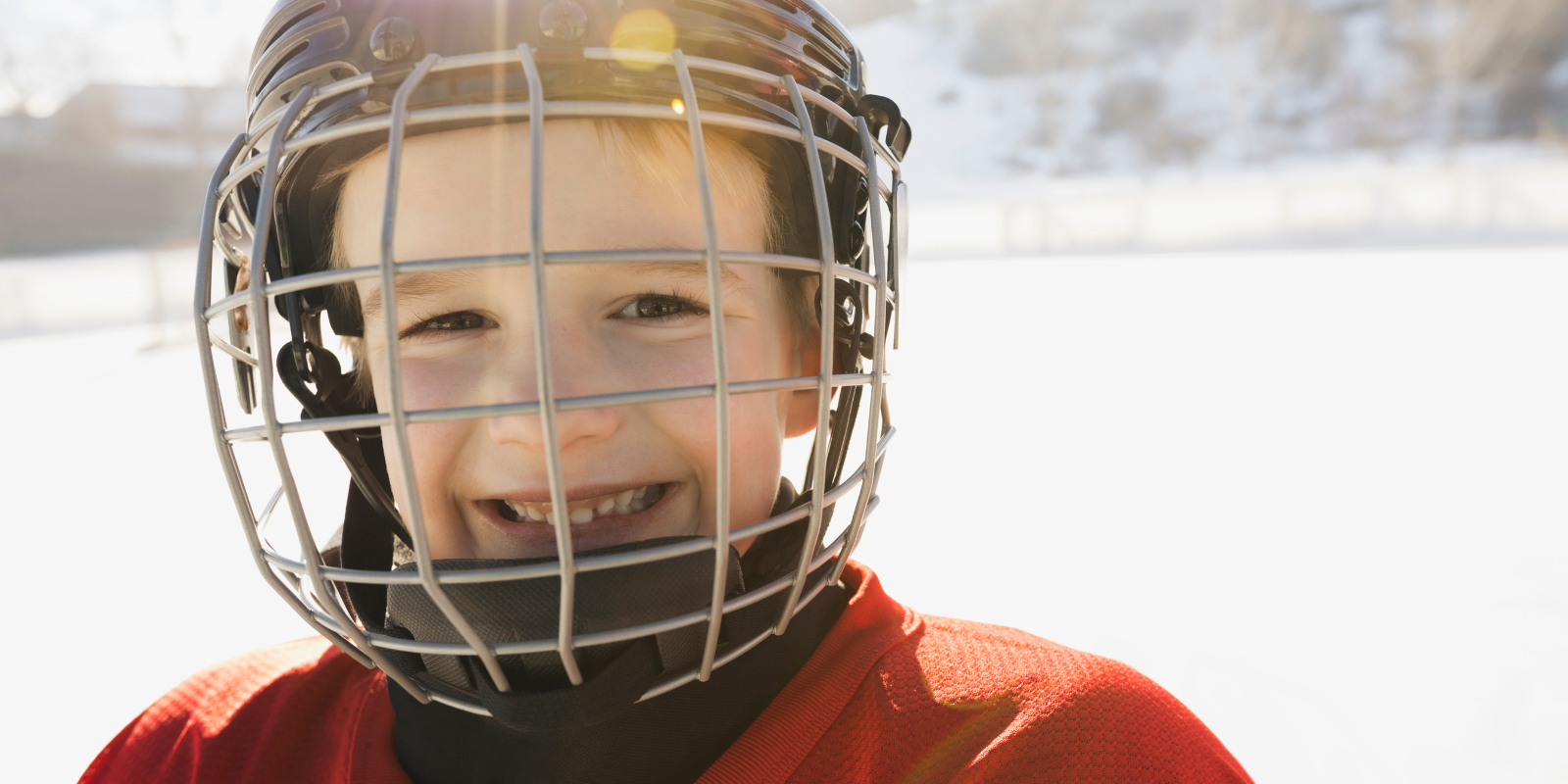While Colorado’s professional athletes are keeping their eye on the ball, faculty members of the Department of Ophthalmology at the University of Colorado School of Medicine are working hard to keep those eyes healthy.
CU ophthalmologists attend each Nuggets basketball game and Avalanche hockey game and work with other professional teams in Denver to ensure ocular health and are on standby if an injury does occur.
“Most of the time everything is fine with our players, but sometimes there can be scary situations and trauma occurs,” says Richard Davidson, MD, professor of ophthalmology, who leads two five-person groups that serve Denver’s sports teams. “Our job is really about how we can treat an injured player appropriately if they do get hurt.”
Ocular injuries don’t only happen in the big leagues, though. Davidson says athletes of all ages and skill levels should take precautions to protect their eyes, just like the professionals do.
Common injuries ophthalmologists treat
Researchers estimate emergency departments across the U.S. see nearly 30,000 sports-related eye injuries each year, most of those resulting from basketball, baseball, and air guns.
“Athletes in high-contact sports can experience orbital fractures from being hit in the face,” Davidson says. “We also sometimes see corneal abrasions and bleeding inside the eye. The thing ophthalmologists fear the most is a significant trauma to the eye – which could result in permanent vision loss if severe or not treated quickly.”
When an athlete fractures their eye socket, ophthalmologists will first make sure there is no entrapment of the muscles that move the eye. There are six muscles that help the eyeball move and if they are caught in the fracture there could be permanent damage.
From there, treatment depends on the severity of the fracture. In some fractures, the orbital bone stays connected, but other times it displaces. An oculoplastic surgeon may have to repair the fracture by putting a plate to bridge the gap where the bone is displaced.
Collisions can also cause injury inside the eye. Retinal detachment, when the retinal tissue pulls away from its normal position, can happen if an athlete suffers trauma to the eye, and it may not happen right away.
“In any case where theirs hard trauma to the eye, it’s good to get checked out by an ophthalmologist and follow up as necessary,” Davidson says. “Usually, a retinal detachment can take days or weeks to happen, so it might not be obvious immediately following the hit.”
Seeing floaters, flashing lights, or noticing a change in vision may indicate a retinal detachment and should be seen by a professional.
Preventative measures
In many cases, an ocular injury could be avoided by wearing the right gear.
“Really, no matter what sport you’re playing, everyone should have eye protection,” Davidson says. “We as eye care providers advocate for it at all times because freak accidents can happen in the blink of an eye and it can change your life forever.”
Polycarbonate glasses are often the best choice for athletes because they are generally shatter resistant, so in the case of a hit the athlete won’t get shards of plastic or glass close to the eye.
If a sport requires a face shield, like hockey, Davidson says it’s important to wear the gear at all times. Parents should regularly check the fit of protective gear on kids to ensure that it is effective.
Regular eye exams, just like the ones Davidson does with pro-athletes, are important as well.
“Exams are helpful for giving a good baseline of ocular health and creating a point of comparison,” he says. “And sometimes, even, kids get diagnosed with eye problems through sports. Maybe as a parent or coach you notice a child’s depth perception is off or their vision isn’t where you think it should be. These can certainly impact performance and should be addressed.”


.png)

